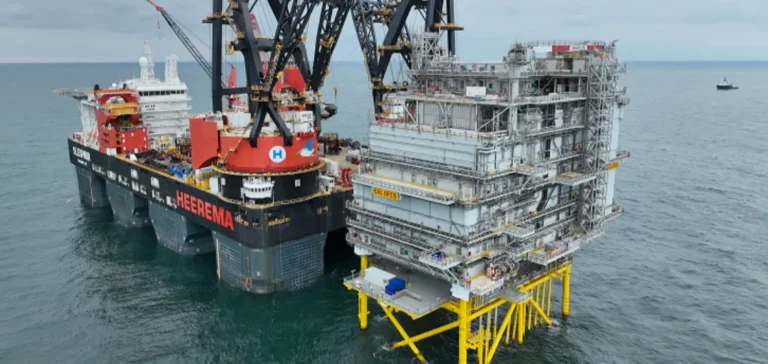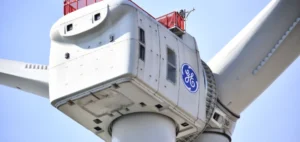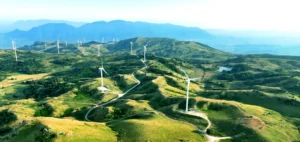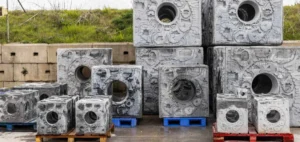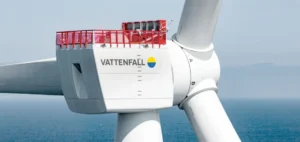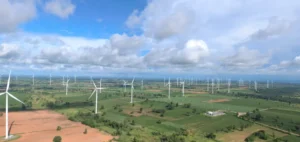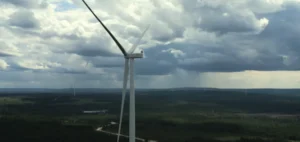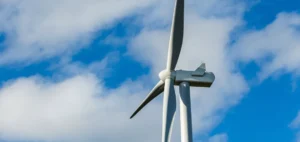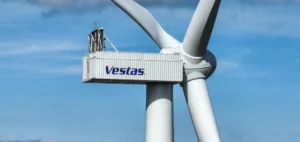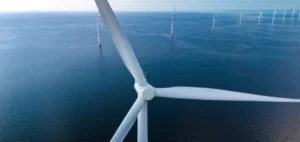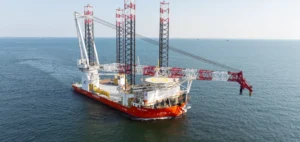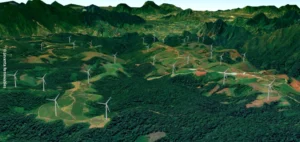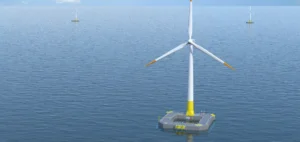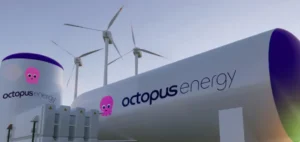Iberdrola, through its British subsidiary ScottishPower Renewables, has completed the installation of the high-voltage direct current (HVDC) offshore converter station for the East Anglia THREE offshore wind farm. Located approximately 69 kilometres off the Suffolk coast in the North Sea, this infrastructure is a central element in the development of Iberdrola’s largest offshore wind farm to date.
An oversized infrastructure for a strategic project
The installed station weighs 10,700 tonnes and measures 70 metres in length, 34 metres in width and 48 metres in height. This module, the largest ever assembled by Iberdrola, weighs 50% more than the Eiffel Tower and is as tall as a 16-storey building. It will convert the electricity produced by the farm’s 95 turbines from alternating current to direct current, a more efficient method for transmitting electricity over long distances.
The East Anglia THREE wind farm involves an investment of €5 billion ($5.29 bn) and will have a generating capacity of 1,400 megawatts. It is scheduled to enter operation by the end of 2026. The facility is designed to supply more than 2.4 million people in the United Kingdom.
Large-scale logistical deployment across Europe
The converter module was built at the Mangalia shipyard in Romania in mid-2024 and transported over 3,800 nautical miles to Aker Solutions’ shipyard in Stord, Norway, for final assembly. Its offshore installation was carried out using the SSCV Sleipnir, the world’s largest crane vessel, which had previously installed the wind farm’s foundations during the summer.
The use of HVDC technology marks a first for Iberdrola in offshore wind. This technical advancement is intended to reduce transmission losses between the offshore generation site and the onshore grid. The East Anglia THREE project is part of Iberdrola’s offshore development pipeline and strengthens its position in the UK wind energy market.
Industrial coordination and component delivery
The complexity of the operation required coordination among a network of suppliers and industrial partners across Europe. The transport, assembly and placement of the HVDC station were executed according to the project’s deployment schedule. This milestone highlights progress in the construction timeline and the integration of large-scale offshore energy infrastructure.
Next steps include the installation of the HVDC subsea cables and connection to onshore facilities designed to deliver the electricity produced to the national grid.


